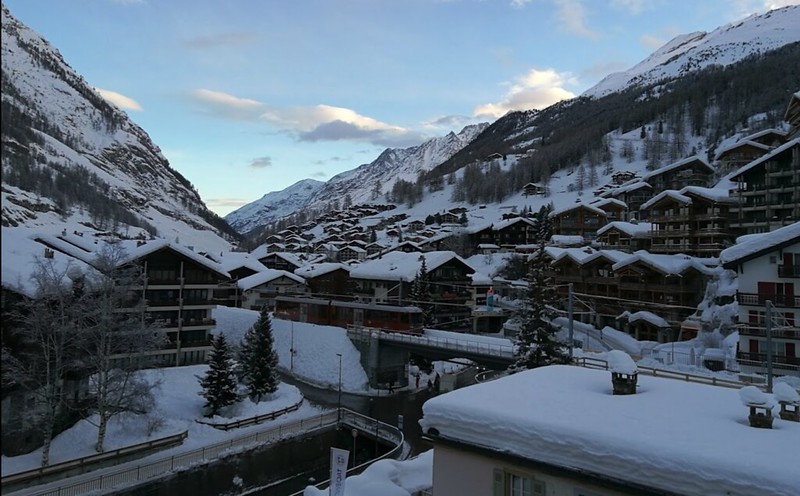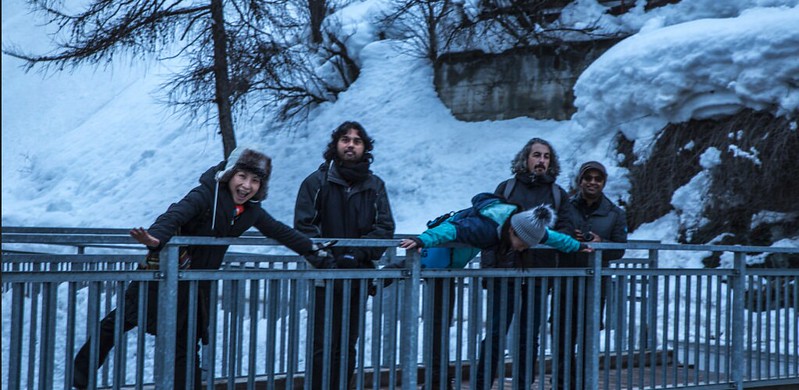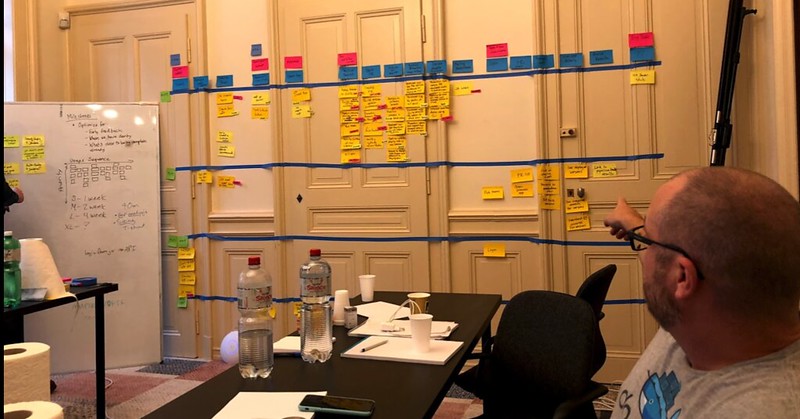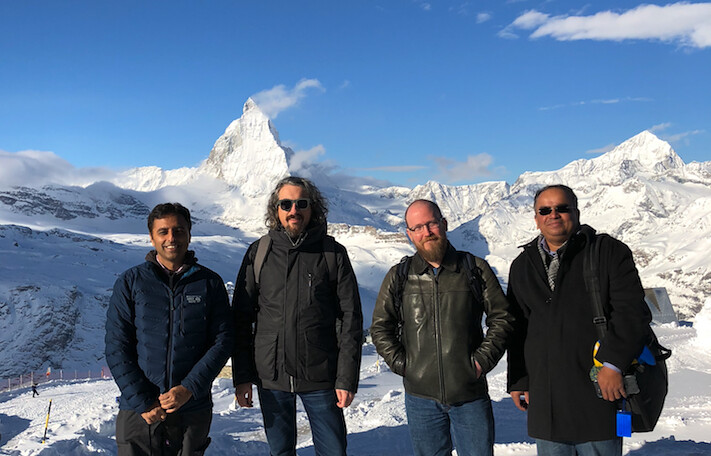Run a success product management summit

As product managers, product roadmapping and planning is one of the most rewarding activities that we do in our jobs. Determining the most valuable problems to solve and finding the shortest path to bringing them to the market is the engine that drives business growth.
The biggest challenge that I have encountered as the head of products is keeping the teams marching to the same drumbeat especially since CloudBees has grown at rapid clip. A quarterly product summit is one tool that I have found that works well but only if it has been organized well.
In this blog, I lay out the recipe for running a product summit. I tend to think of product management in a trifecta of product, process and people.
So let’s walk through the process and people as a means of finding the right product to build.
First Step - Go to Switzerland
Did I tell you that CloudBees has an office in Neuchatel, Switzerland? Going to Switzerland for work is one of the nicest perks that I get at CloudBees and unsurprisingly enough picking this location had an invigorating effect on people ;-)

People
Identify the right people for the summit
It is all about getting the right players into the summit and getting inputs from the right stakeholders before the meeting. In our recent summit, I had brought in product management, product marketing, engineering tech leads, engineering managers and representatives from support and solution architect teams. Not all summits have so many teams but the most recent one was our yearly summit and one that will drive alignment for the rest of the year.

(It does help if your team isn’t jumping off a bridge :-))
Clarify the roles of each of the players in the summit and re-clarify the roles of each of the players
It is easy to lose the message in a distributed team. My experience is that I have to repeat things at-least 5-7 times before it filters through.
Assign owners within each of the sessions
Without a clear owner and a clear goal sessions tend to meander. This alludes to the next paragraph about the process. An owner has the onus to keep the sessions moving productively
Process
Identify the right tools for the job
At CloudBees, we use Aha for product management, storiesonboard for user story mapping and JIRA for engineering stories and story pointing. Let’s drill down.
Determining the highest business value features
A key (if not the only) aspect of a PMs job is to determine the highest business value feature and at CloudBees we spend significant time doing market/customer validation building this out.
An intense period of discussions happens before walking into the summit where the product manager has worked on identifying the key customer problems. This product (not agile) backlog has factored in the company OKRs, the business objectives by the product head (me), feedback from the field. These have been laid out into Goals, Initiatives and Milestones for the year ahead by quarters. As you go further out say 3-6-9-12 months, things get fuzzier so that we can react to what we learn on the ground. The features are fairly well thought out for upcoming quarter or two.
We assign business points to the features in this pipeline to identify the highest business value and all conversations in the summit are factored around these features. We are in early days of Aha! Rollout and I personally think they have solved it. Here is a sample of our past planning.

Arriving at a loveable experience
Once we knew we had the highest business value features, we focused on solving the user journey for those projects and used user story mapping as our tool. This was done on the walls :-) and using storiesonboard to capture the stories for off-summit-work. Post-summit, they continue using storiesonboard for work.

(Michael Neale a CloudBees co-founder engaged in the user journey conversations)
Estimating the effort required
Coming up with realistic and reasonable estimates was a key deliverable. Now that the team had business pointed features, user journey, they focused on coming up likely estimates to get these done. The team chose to focus on the upcoming quarter as the reasonable (and non-waterfallish) time window.
At the summit, the team took the features and broke them down into epics/stories which made their way to JIRA and then did rough story pointing with t-shirt sizes as their metric. Post-summit, the team has deep dived in the estimates for the upcoming sprints and honed and refined these estimates.
Post Summit Fun
As you can imagine that these activities leading upto the summit and during the summit were an immense and intense amount of work. The team took the opportunity of being in Switzerland to visit Zermatt (has to be one of the prettiest places in the world) to do some skiing. The time in Zermatt, also gave the team to reflect on what we achieved and celebrate the success and come back recharged.

It also gave the team to settle scores with team members who committed to the deliverables on their behalf.

Except for a few bad apples (cough Vig please don’t kill Kal), CloudBees is an incredible place to work in and I and my counterparts are hiring. So come on over and join the fun.